
Information
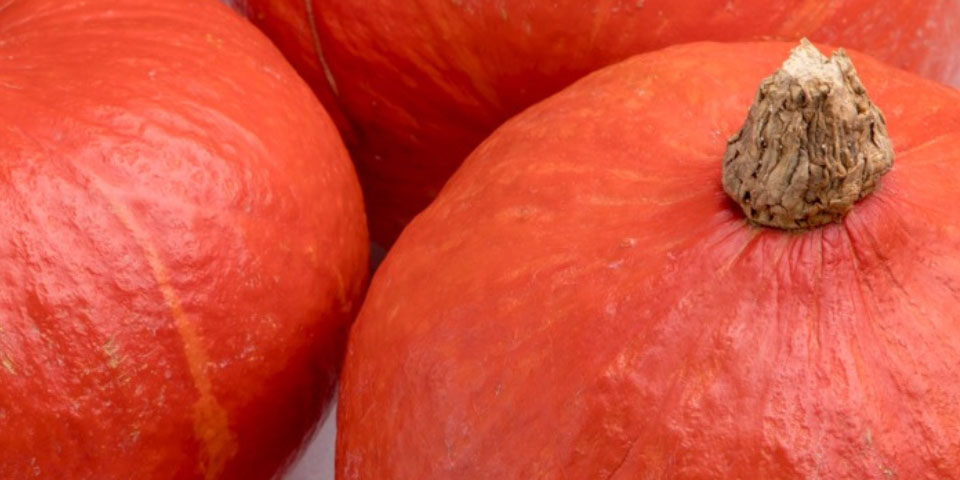
In Europe, pumpkins remain a distinctly seasonal product, even in major consumer markets like Germany and France. Popular varieties such as the red pumpkin—also known as Hokkaido—and the butternut or peanut squash dominate shelves, while lesser-known types are gradually gaining traction in niche markets. One such example is the grey pumpkin, which enjoys particular popularitypopularity in the United Kingdom.
“In Northern Europe, we are leaders in the production of red pumpkin, or Hokkaido,” says our Global Pumpkin Portfolio Manager Alejandro Quezada. “It’s known for its excellent quality, high yield, and resistance to viruses. Plus, it aligns with consumer trends like ready-to-eat meals, since it doesn’t require peeling and can be cooked directly.”
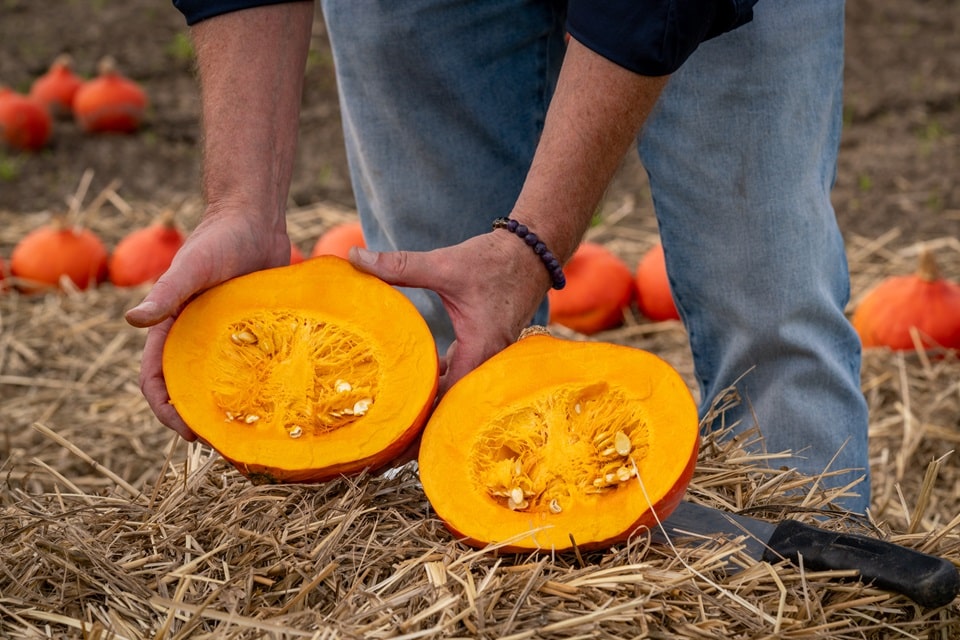
When developing new varieties, we always consider not only consumer preferences but also the sector’s pressing challenges - especially rising labor costs. This has led us to focus on varieties suitable for mechanical harvesting. “We’ve transformed the industry with innovations like Flexi Kuri and Spring Light,” Quezada notes. “In particular, Flexi Kuri has revolutionized cultivation and harvesting methods, especially for growers facing labor shortages. It also offers outstanding flavor and robust disease resistance.”
Our first breakthrough in the pumpkin world came with the success of the Orange Summer variety in France and Germany. “It was highly productive, but we wanted to go further and enhance the flavor,” Quezada explains. “That’s how Flexi Kuri was born. It's now renowned for its taste, and it’s also very attractive to producers—our tests show it can be stored for three to five months, depending on harvest timing and methods.”
Red pumpkin remains especially popular in Germany, where it’s considered a nutritious staple, particularly in vegan diets. “There’s almost no waste—it’s eaten with the skin, and many even roast the seeds. It’s a product that’s fully utilized,” says Quezada.
Butternut squash, while favored for its flavor, presents a challenge due to its tough skin. “That’s why I believe it's essential to offer it pre-cut in stores, preserving both its flavor and color,” he says. “We’re currently researching a variety with edible skin, though there’s still some way to go.”
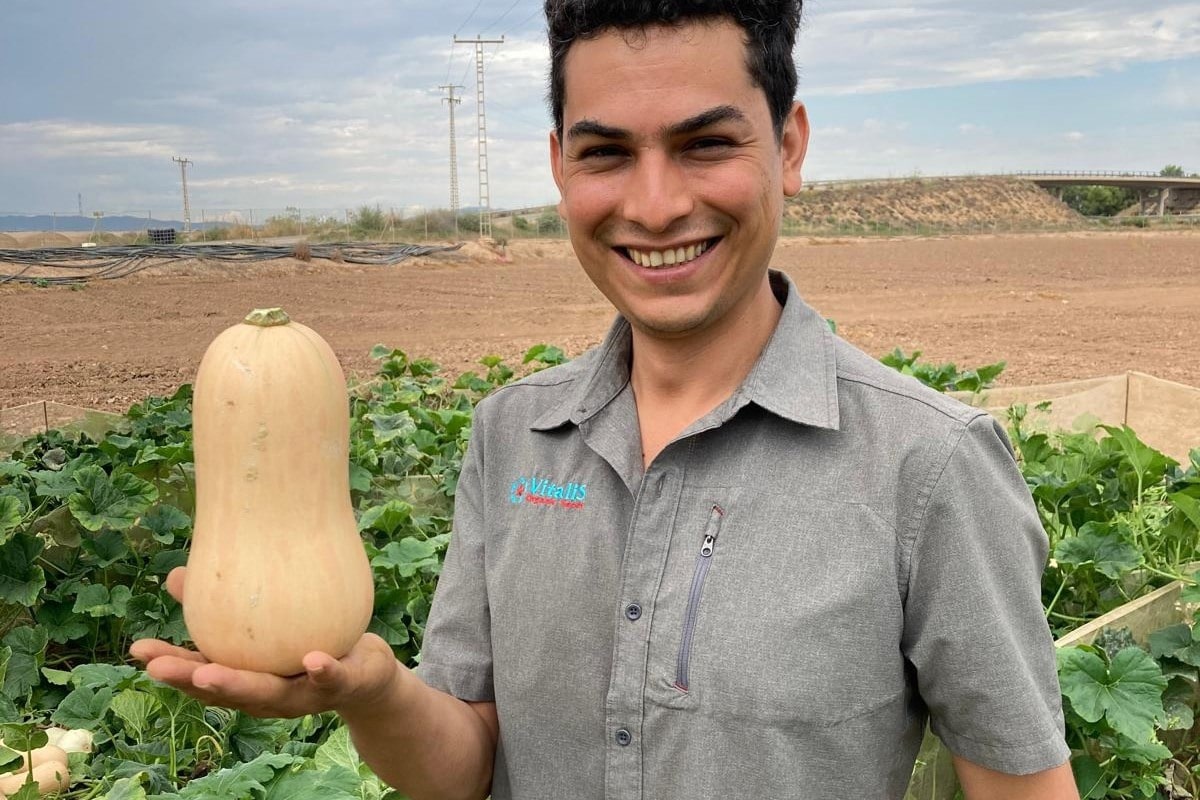
Our growing portfolio includes varieties suited to different crop cycles and uses, from fresh market to industrial processing. Among the newer introductions is Vaiana, notable for its vibrant orange flesh and high internal quality. Another standout is Spellcast, a hybrid between Butternut and Musquée de Provence. “It averages around 2 kg in weight, has very high yields, and performs strongly in every region we’ve tested,” Quezada explains. “It's flesh retains the typical Butternut color and has a small cavity—very efficient for processing.”
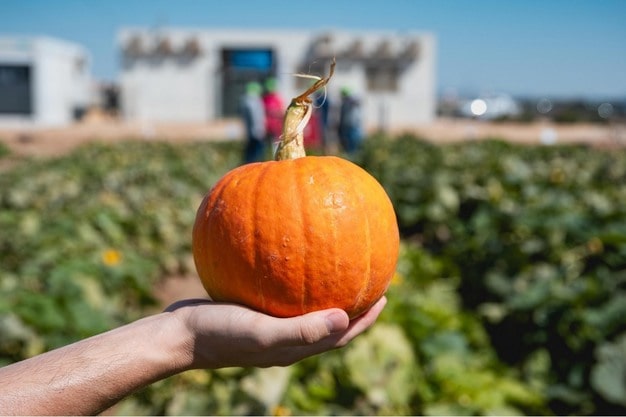
While red pumpkins are favored for their convenience, global interest in Butternut squash continues to grow. “Preferences vary widely,” Quezada says. “For example, Kabochas—premium green pumpkins—are highly appreciated in Japan and Italy for their superior flavor and texture, though their green color can be confusing to some consumers. Grey pumpkins, by contrast, are more common in Anglo-Saxon markets and countries like Chile and Australia.”
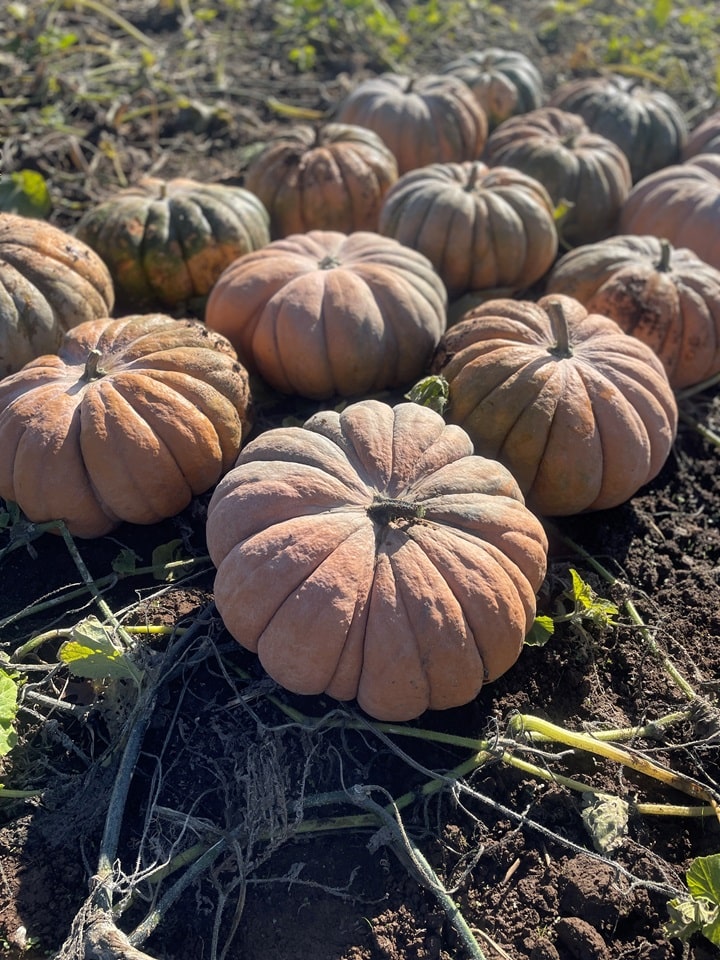
Musquée de Provence is another segment with strong market presence, particularly in the food processing industry in France, Italy, and Spain’s Valencia region, where it is commonly used in purées. “Our varieties are very uniform in size - between 6 and 9 kilos- and have excellent post-harvest characteristics,” Quezada notes. “However, their large size can be a drawback for household consumption, as modern families tend to prefer smaller options. That’s why we’re continuing our research to develop varieties that better align with today’s consumer needs.”
Explore our full pumpkin porfolio
This article is based on this interview, published 15 July 2025 on Freshplaza.es